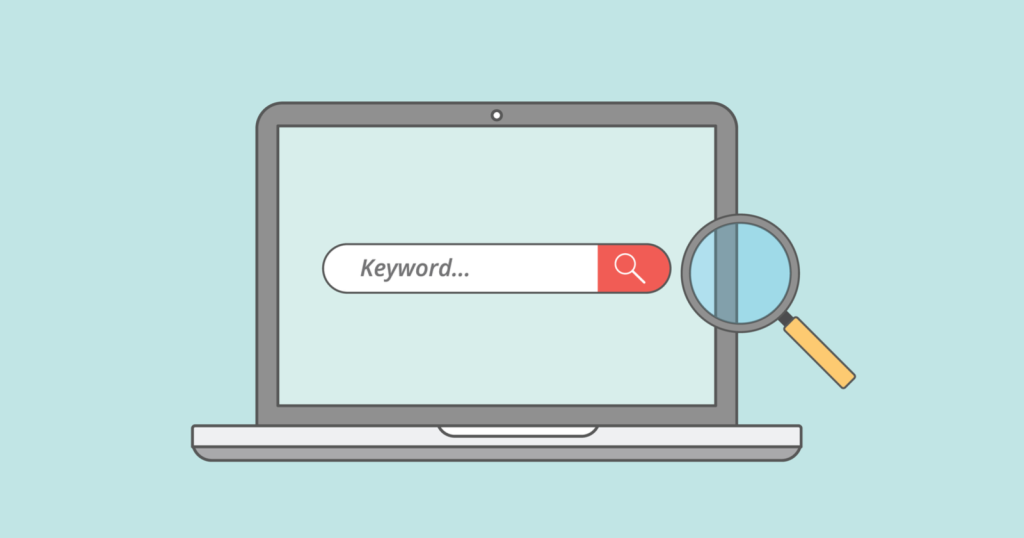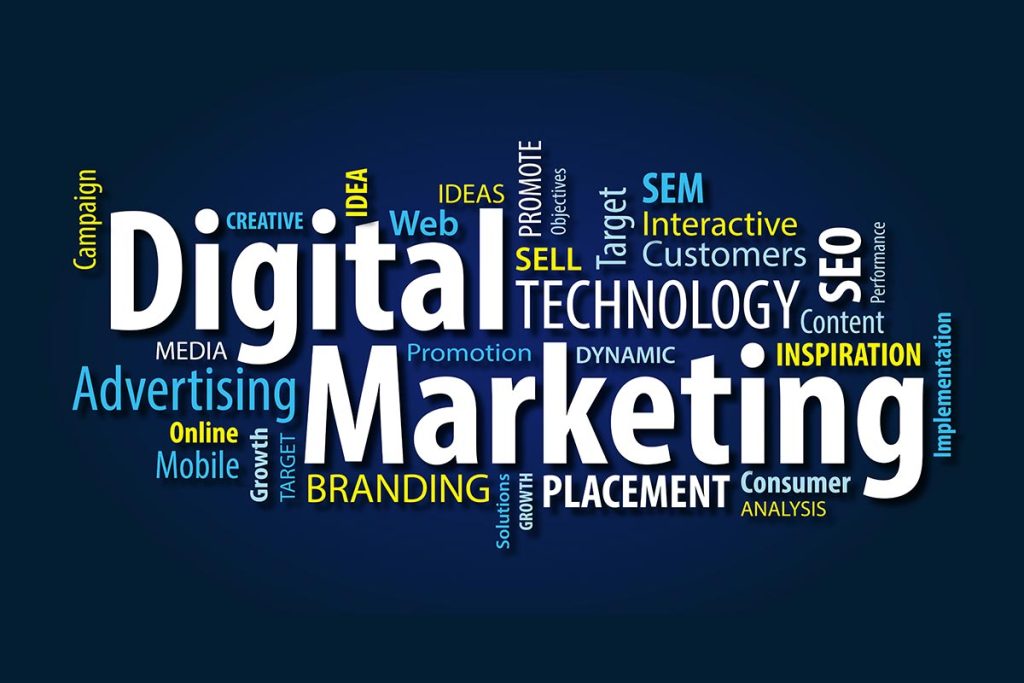Table Of Content
Every time potential customers scroll through their Facebook or LinkedIn feed, they’re bombarded with dozens of ads from companies that are all trying to be the one that gets clicked. Making sure your social ads are the ones customers interact with is vital for sales and growth.
But what makes someone click on one ad while scrolling by another? It helps to understand how customers interact with brands online; mainly, to help them decide what to buy. In fact, 74% of people use social media to make purchasing decisions. With the sheer volume of fake or cheaply made products available, customers want to know they aren’t getting scammed by choosing to purchase from you.
Building a social media presence that includes testimonials, reviews and real human interaction with your audience can go a long way toward this goal — and the right social ads will get you over the finish line. Use these 5 tips to make your social media ads stand out from the crowd.
Determine Your Target Audience

A flashy, expensive ad campaign isn’t worth much if the right people aren’t seeing it. Think about who your ideal customers are. What’s important to them? Where do they live and work? How old are they?
When you’ve got a solid idea of the demographics you want to target, you can then tailor your ads to fit those parameters. Get as granular as you’d like; while reach is important, it doesn’t mean much if you aren’t getting a good conversion rate.
You can also run ads simultaneously that are tailored to different demographics in order to see which ones perform better. There’s a lot of flexibility in the audience creation process, so don’t be afraid to take advantage of it.
The Pew Research Center also has a great fact sheet for reference on who uses each platform. For example, if your ideal customer is a mom with young children, then Facebook is a great place to advertise. If you’re a B2B company looking for new clients, LinkedIn is your best bet.
Choose the Right Ad Type for Each Platform

There are multiple types of ads on each social media platform, and how you use them can make or break your budget. Ask yourself, what the goal is for your ad campaign. Are you hoping to boost awareness? If so, you’ll probably want to use a campaign based on impressions, or how many people see your ad.
If you’re looking to increase purchases during a special sale, then using an engagement campaign based on likes, clicks and shares would get you the most bang for your buck.
Each platform has guides to help you decide which type of ad is best for you, so don’t be afraid to try out a few different methods to figure out the one that will have the best return on your investment. Facebook, LinkedIn, and Instagram will provide you with analytics so you can compare and pivot in real-time.
Use High-Quality Images — or Even Better, Video

Keep in mind that almost every platform has moved to prioritize video and images over text-based posts. It’s also true about the people you’re hoping to reach; 68% of users preferred to interact with posts that included images. Taking the time to source or take high-resolution photos will automatically help boost your ad campaigns and increase conversions.
When people are choosing what to buy online, having high-quality images is also a useful resource to help establish credibility with your customers. Relevant, beautiful photos signal that your business is trustworthy and legitimate.
People will feel better about spending money on your products because you’ve shown them exactly what they’ll be receiving. Even if what your advertising is less tangible — for example, maybe you offer consultation services — high-quality images or videos can still rank you more highly and establish trust.
Get Creative with Your Content

Most successful ads don’t outright sell something. People are reluctant to engage with content that is too sales-y; they feel pressured as if they’d just walked onto a used car lot. Think about the type of content your audience engages with organically; do you have a downloadable guide that’s been popular? Did you launch a quiz that people share?
When boosted, these types of content can make effective advertisements that help increase conversions overall. This is especially useful if you’re trying to run an awareness campaign and you aren’t focused on a specific product. If you are doing a campaign like a seasonal sale, use your social ads to demonstrate value and urgency. It’s not a push to buy, but a call to save.
Regardless of what you’re selling, envision the entire process for a customer to make it all as engaging as possible. Use a strong and interesting CTA that then clicks through to a well-made landing page. Provide as much information as you can to make the experience a positive one for your audience.
Don’t Forget Keyword Optimization

Like your website or blog, your social ads will benefit from keyword optimization. Use keywords in your text and metadata to help drive your ideal audience to your ads, which in turn will direct them to your website.
One of the bigger benefits of using keywords in your social ads is that it will directly affect your organic traffic. As more people view your ad, platforms like Facebook will reward you by prioritizing your organic posts, as well. When done well, every component of your online presence will work together to increase your company’s visibility and grow your audience.
Use Digital Marketing to Make Your Social Ads a Success

Creating a successful, click-worthy social media advertising campaign is all about focusing on what matters most to your audience. Customers are looking for signs that your company is worth interacting with — and ultimately spending money on.
Ads that communicate value or address a need will always stand out from a crowd of “Buy now!” pitches. Meaningful engagement with your audience is a digital marketing strategy that has proven time and again how much people value more human interactions while online. Not only will your ideal audience seek you out as loyal customers, but you’ll see conversions increase and your bottom line grow.











